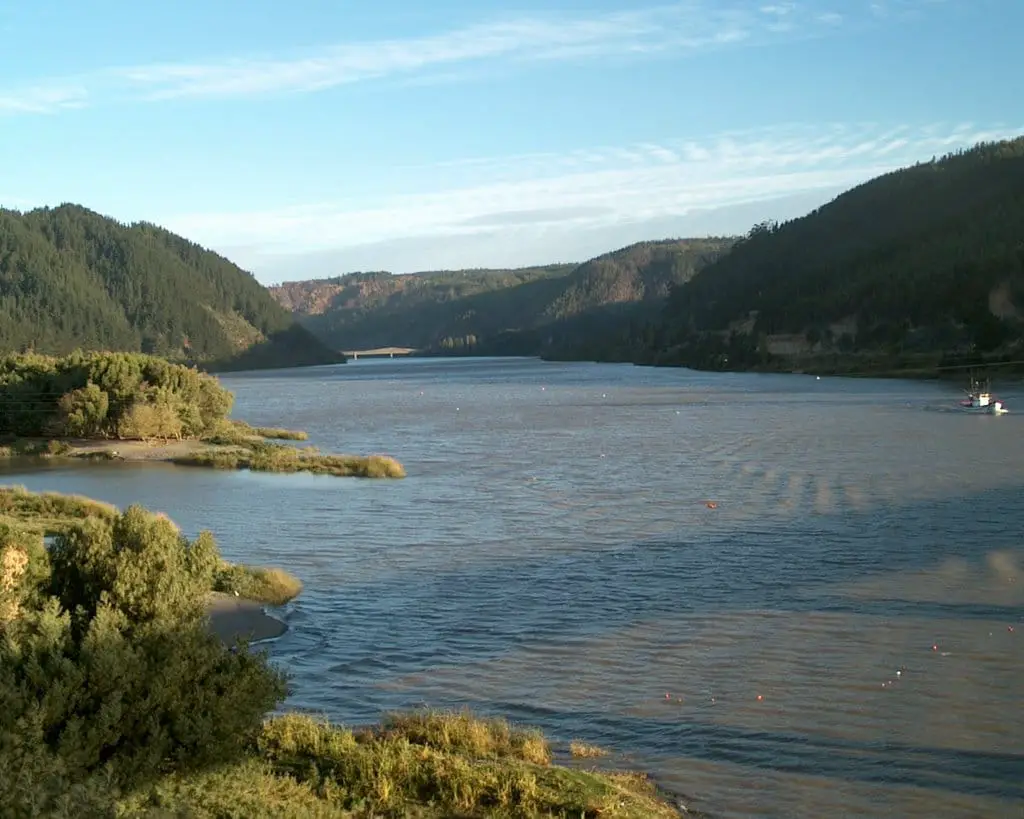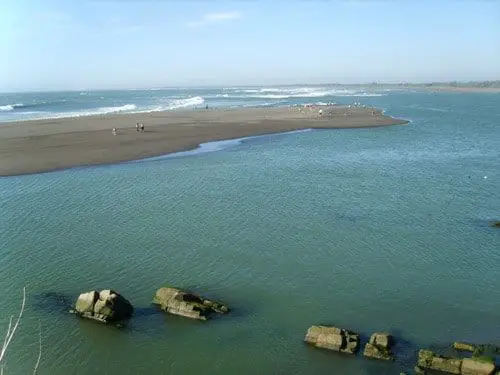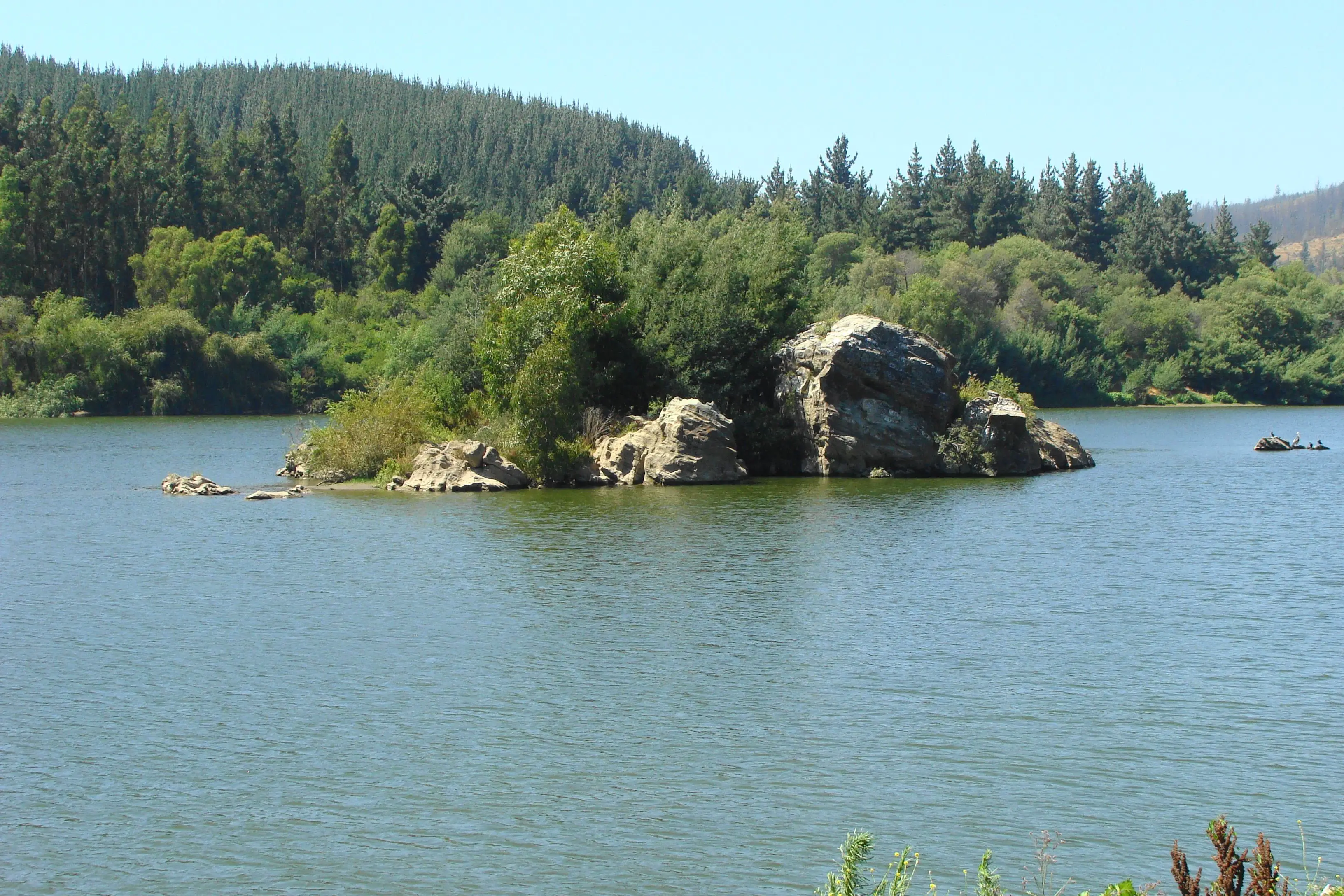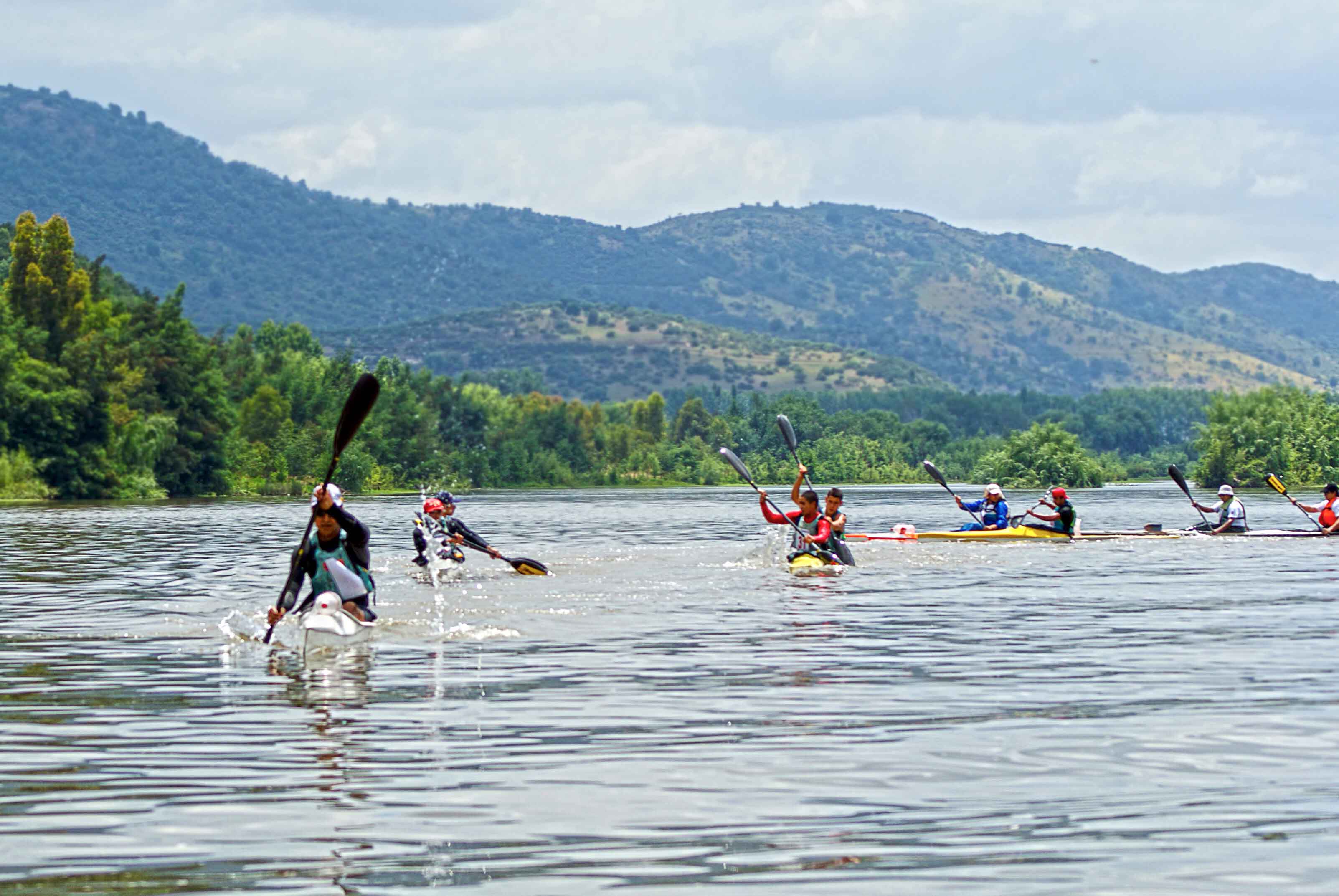If you are interested in hydrography, I invite you to read this article where you will find important information about the Maule River. Learn more about the Maule River, a riverbed protagonist in the development of the Inca civilisation in Chile, its location and much more.
The Maule River is one of the most important rivers in Chile. It is a protagonist in the history of the country, because before the Spanish colonisation, it was the Incas who conquered its lands and used the river to define the borders of their empire.
Location and map of the Maule River
This river is located in Chile, it belongs to region number seven of the central zone of the country, it originates from the Maule Lagoon, in the Andes mountain range at two thousand two hundred metres above sea level. It flows for two hundred and forty kilometres before reaching the sea in the tourist city of Constitución.
Its basin covers twenty thousand three hundred square kilometres, making it the fourth largest in Chile. When it reaches the sea, it has a drop of two hundred metres. (see article: Río Loa)
The map shows the course of the Maule River from its source in the lagoon of the same name to the sea.
The Maule River has several tributaries, among which we have the main one, the Melado River, then the first one that arrives at scarcely thirty-one kilometres from its source, the Puelche River, then it joins the Colorado River and the Claro River, it continues its route to arrive at the Colbún reservoir, from here it continues to receive its largest donor, the Loncomilla River, then it ends up in the sea.
The Maule River is of great importance to the country’s economy and has several main uses: its waters are used for agriculture and livestock, but the most important is the production of electricity. Its waters are dammed in the Colbún reservoir, where the hydroelectric plant has a capacity of 400,000 kilowatts.
In terms of navigability, we can say that at the end of the XVIII century, in 1783, one of the first trips was made on the Maule, which were not very frequent due to the droughts of the time, in the following century it became common for the region.
Transport was established on the river because of the need to transport goods; it was an area rich in hardwood trees for the sale of timber, which was also used for boat building. Hence the creation of shipyards on the banks of the river. This was followed by the creation of the port, which was built in Constitución between 1845 and 1850. At that time, most of the existing ships were built in the region.
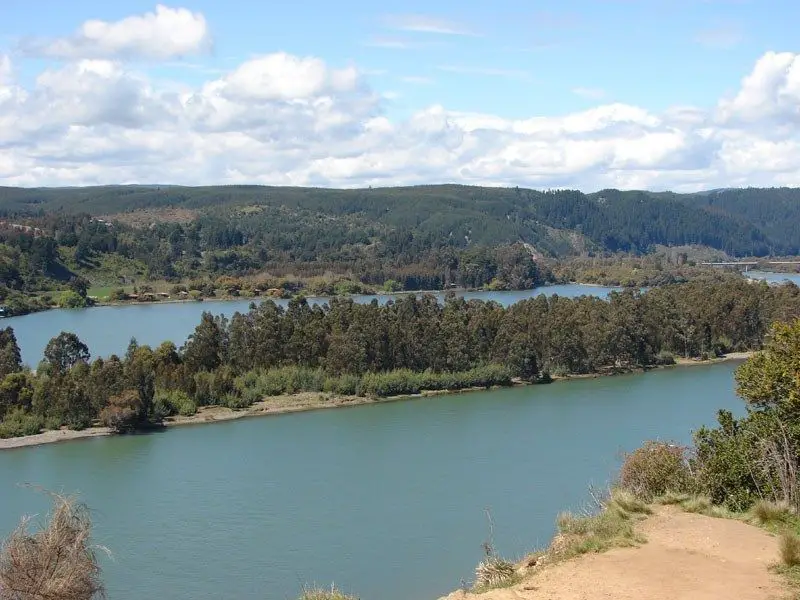
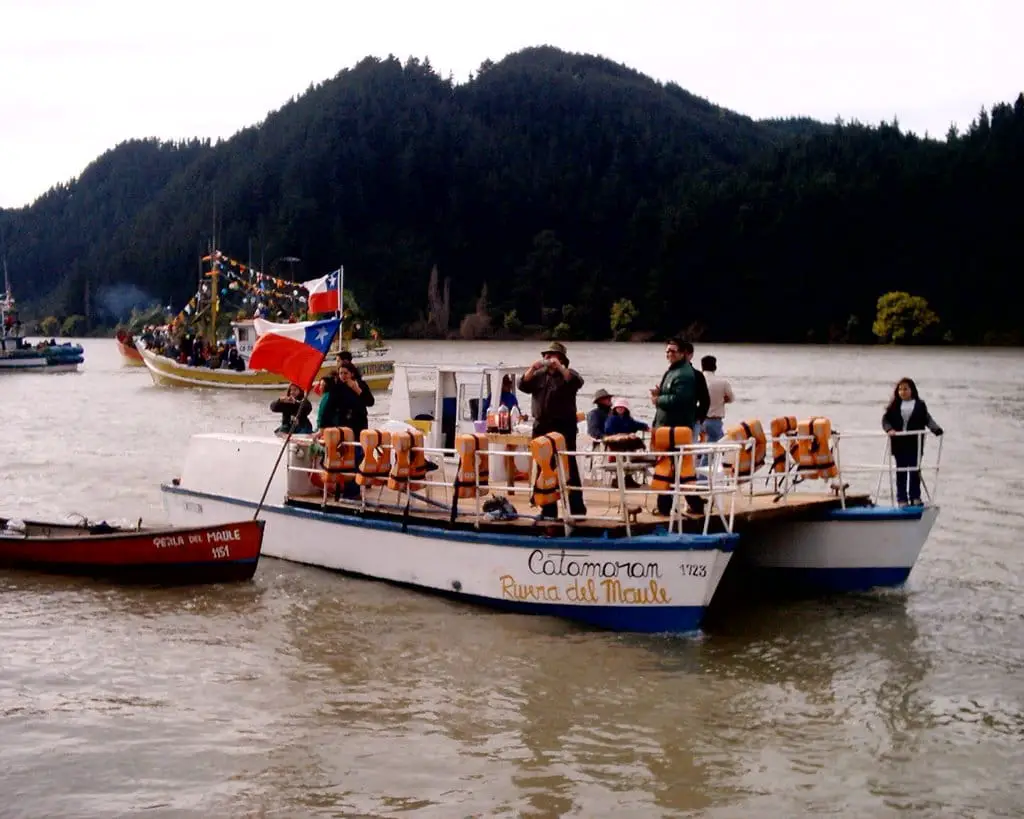
Fishing in the Maule River
The Maule River has good spots for fishing, especially fly fishing and trawling, along the banks of the river and in the Colbún Reservoir, although it has a muddy bottom, its water is crystal clear and its temperature is very pleasant. The species that can be caught include cauque, salmon, trout and Chilean silverside.
Although it is a sport that we would consider free, this is not the case in Chile, especially in Maule, where those who wish to enjoy recreational fishing must obtain the appropriate permits. Since 2014, there has been increased surveillance on the banks of the Maule to ensure that those who come to practice this recreational sport have the necessary permits. Otherwise they will be fined. This is the reason for the call to the community in general to get their permits before going to the river (see article: Río Manso).
In the following video you can enjoy a tour of the Maule River.

